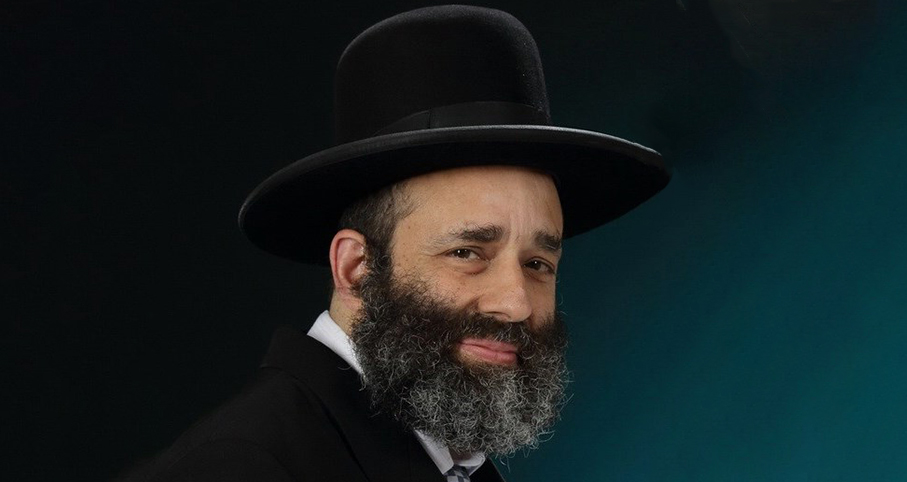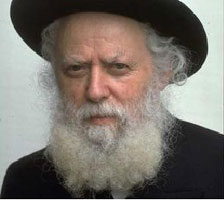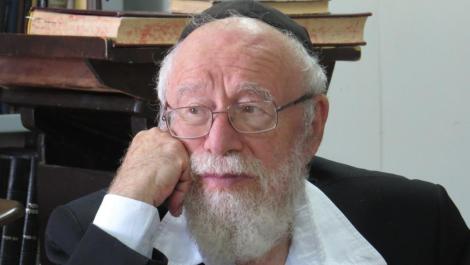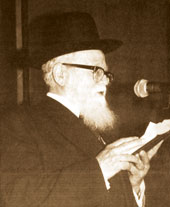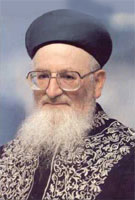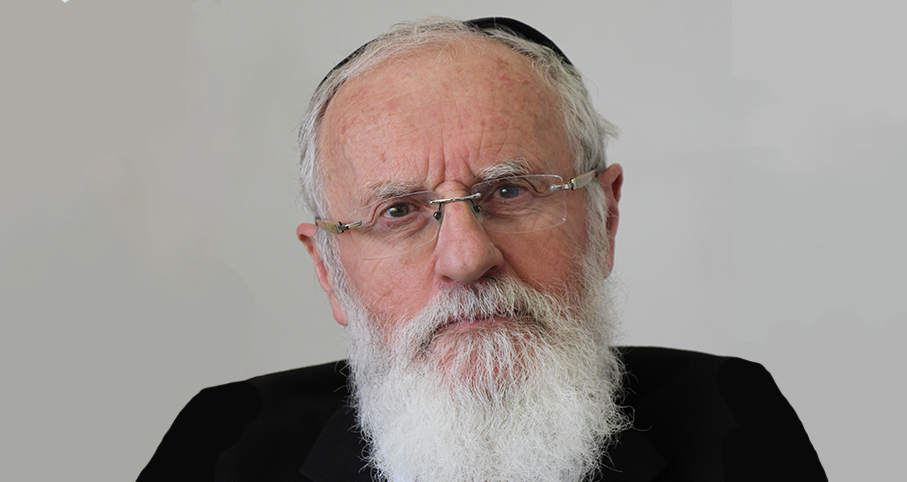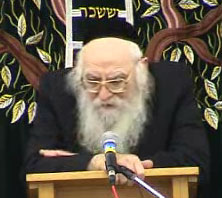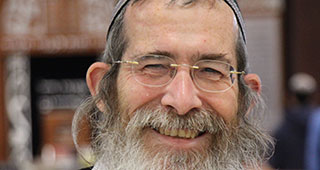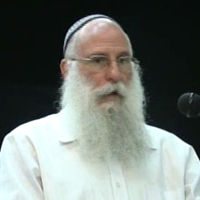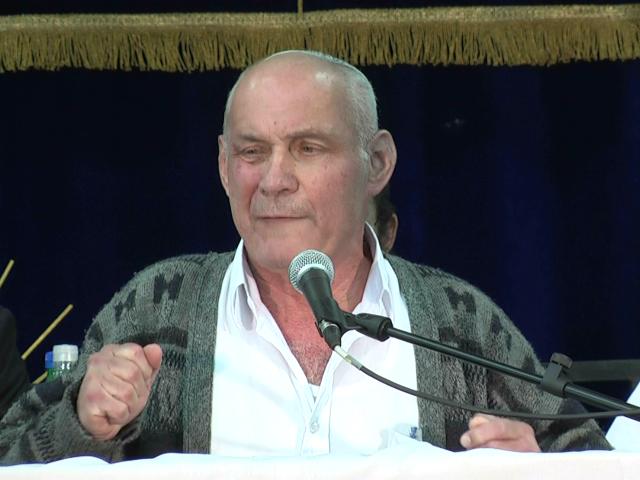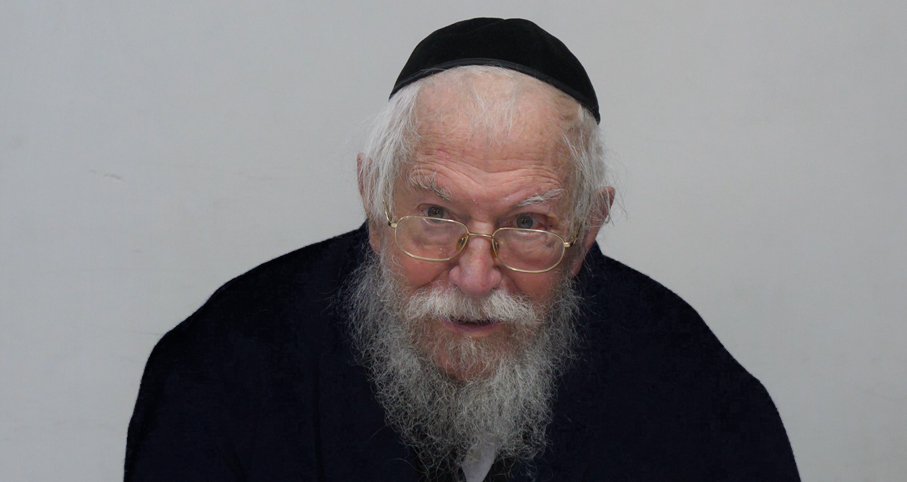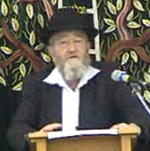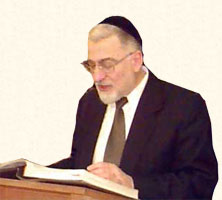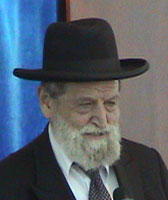Beit Midrash
- Sections
- Chemdat Yamim
- Ein Ayah
Moshe instituted the beracha of Hazan (on sustenance - the 1st beracha of Birkat Hamazon) when the manna fell; Yehoshua instituted the beracha of Ha’aretz (for the Land of Israel) when Israel entered the Land. David and Shlomo instituted Boneh Yerushalayim (Builder of Jerusalem). Hatov V’hameitiv (He is good and does good) was instituted in Yavneh in reference to those who were killed in Beitar, for the fact that the corpses did not decay and that it became possible to bury them.
Ein Ayah: An idea that connects all of the Torah’s ways is the connection between the individual (prat) and the collective (klal) in a manner that the prat finds his fulfillment within the klal. On one hand, eating lowers a person to the realm of coarse senses and individualistic, animalistic enjoyment. Hashem has us counteract that by preparing a "ladder that is positioned on the ground whose top reaches the Heavens," taking us from the lowness of the prat to the heights of the klal.
Even when building the klal, one begins with pratim, first ensuring the individuals’ physical sustenance before getting to the klal’s physical sustenance. The next step is to bring the individuals into a national individualistic entity that is concerned with its own survival and characteristics. When this is completed, the nation can concern itself with the ultimate klal, as it strives to galvanize together all the nations, as all are created in Hashem’s image.
During the time of exile, torment and dispersion cause concern for the loss of the great hope for the ultimate future, as it requires a strong leading nation at the nucleus of humanity to help improve it. Yet we may be consoled with the promise that even when we are comparable to corpses, we will not lose our individual character. Hashem will keep our spirit alive and we will re-form toward the end of time. We will call out to all in Hashem’s Name so that nothing will prevent the connection between the uniqueness of the individual and the loftiest level of collectiveness.
[These concepts connect to the berachot of Birkat Hamazon.] The beracha on food, which Moshe instituted, deals with personal physical sustenance. On one hand, it is enough to focus in the beginning on the individual, who is the necessary building block of the klal. Moshe’s generation of desert dwellers prepared the nation for all future stages. Thus, they were sustained with the miraculous manna, which became known to all the nations of the world, and other miracles that pointed the way to great future events. The next stage was to enter Eretz Yisrael and become occupied with the natural development of a unique nation, prompting Yehoshua to institute a second beracha. Next, the Kings of Israel built a general spiritual center for the entire nation to which the third beracha corresponds. David wrote the first part, which stresses the Beit Hamikdash’s importance to the national spiritual effort, whereas Shlomo added the piece on "the great and holy house," stressing its ultimate goal to serve all of humanity (see Melachim I, 8:60).
Every Jew should be thankful for his personal food, allowing him to be a part of the klal. He should not be afraid that due to exile, his unique nation is hopeless. That is why the fourth beracha, corresponding to the story of Beitar, was instituted. It is a reminder that the defeated Jewish nation retained its form and dignity. This is a sign that at some time, even in the distant future, rejuvenation will come. Hashem will resurrect our nation at the end of days as He has the power to resurrect the dead. The bodies in Beitar did not decay and smell putrid, which is a sign that we will be able to have a positive impact on others. Thus when we come to eat, we will not be depressed to the point of missing the light of truth. We will remember that Hashem’s grace is on all His creations and thank Him for the food that enables us to reach great spiritual attainments.
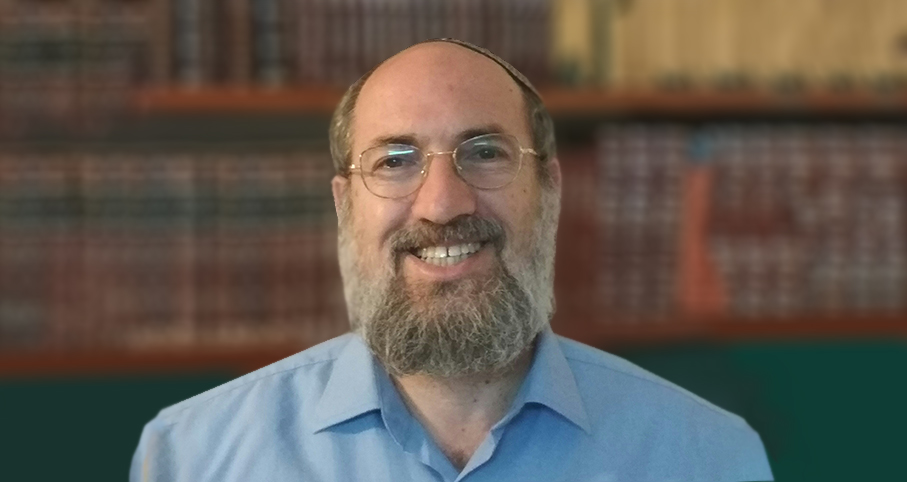
Guide- Not Deride
Ein Aya Shabbat 5, 15
Rabbi Ari Shvat | Shvat 5783
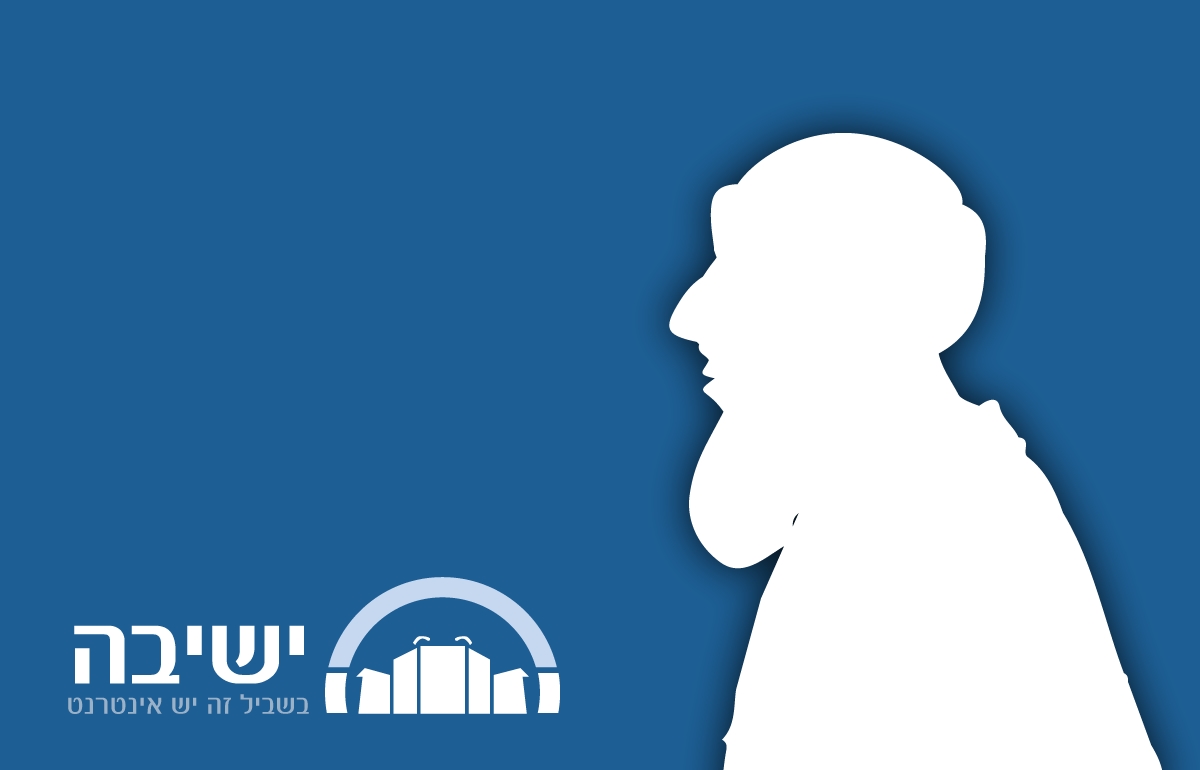
The Elusive Inheritance of Personality Traits
Various Rabbis | 5769

Our 5 Levels of Life & Existence
Ein Aya Shabbat 5,21
Rabbi Ari Shvat | Iyar 5783

The Light of Future Unity
Various Rabbis | Kislev 26 5778

Various Rabbis
Various Rabbis including those of of Yeshivat Bet El, such as Rabbi Chaim Katz, Rabbi Binyamin Bamberger and Rabbi Yitzchak Greenblat and others.

A Husband’s Obligation in His Wife’s Loan
5775

Responsibilities Based on Different Modes of Influence
Sivan 26 5777

“By their Families and the Household of their Fathers”
2 Sivan 5770

